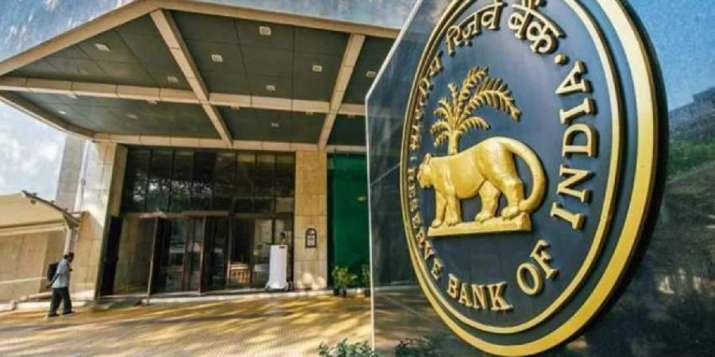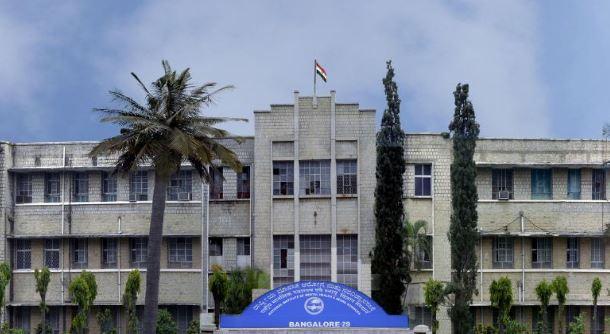Gold Rate Today in Vadodara: Live Price Today for 22 Kt & 24Kt Gold Rate Today In Vadodara
10g of 24K gold in Indian Rupee
₹ 71,749
10g of 22K gold in Indian Rupee
₹ 65,770
Gold Rates: Why should one invest in Gold Rate in vadodara?
Are you an investor? If you are, you’ll know that investors often find themselves fascinated with a metal called gold that has been there for centuries. Its allure goes beyond its appealing beauty, extending into the financial investments where its price movements are influenced by an interplay of several factors. Find out todays gold rate in vadodara here!
What is the Gold Rate Today in vadodara?
Gold price in vadodara has seen a change since yesterday. As of 27 July, 2024, the prevailing gold rate per gram in vadodara is 6,577 Rupees. After you’ve got to know todays gold rate in vadodara must also note the reasons for the fluctuation of this rate.
Compare Carat Gold Price Per Gram in vadodara (INR) (Today and yesterday)
| Weight | K Today | K Yesterday | Price Change |
| 1 gram | 6,577 | 6,534 | ₹(+43) |
| 8 gram | 52,616 | 52,272 | ₹(+344) |
| 10 gram | 65,770 | 65,340 | ₹(+430) |
| 100 gram | 657,700 | 653,400 | ₹(+4300) |
Gold Rate in vadodara for Last 7 Days
| Date | 22K | 24K | ||
| 1gm | 10gm | 1gm | 10gm | |
| 27-07-2024 | ₹6,577 (+43) | ₹65,770 (+430) | ₹7,174 (+46) | ₹71,749 (+469) |
| 26-07-2024 | ₹6,534 (-342) | ₹65,340 (-3420) | ₹7,128 (-374) | ₹71,280 (-3731) |
| 25-07-2024 | ₹6,876 (-1) | ₹68,760 (-10) | ₹7,501 (-2) | ₹75,010 (-11) |
| 24-07-2024 | ₹6,877 (+27) | ₹68,770 (+270) | ₹7,502 (+29) | ₹75,021 (+294) |
| 23-07-2024 | ₹6,850 (+5) | ₹68,500 (+50) | ₹7,472 (+5) | ₹74,727 (+54) |
| 22-07-2024 | ₹6,845 (-20) | ₹68,450 (-200) | ₹7,467 (-22) | ₹74,672 (-219) |
| 21-07-2024 | ₹6,865 | ₹68,650 | ₹7,489 | ₹74,890 |
But What Are Gold Rates Exactly?
Gold prices refer to the cost of one ounce of gold and are determined by various factors. These factors include supply and demand, economic stability, and geopolitical events. Gold is often seen as a safe-haven investment during times of uncertainty, causing prices to rise.
Conversely, economic growth and stability may lead to lower gold prices. So, the fluctuations in gold prices essentially reflect the complex dance between global events and market dynamics.
Gold Rate’s Correlation to Inflation
Common wisdom suggests that gold serves as a hedge against inflation. The idea is intuitive – as paper currency loses value due to increased printing, gold, with its relatively constant supply, should appreciate. However, the reality is that gold’s correlation to inflation is weak. In fact, during periods of rising inflation, such as in 2022, gold prices declined, challenging the conventional belief.
Despite the common belief in gold as an inflation hedge, its correlation to inflation is more nuanced. While it may act as a hedge in some instances, like during economic uncertainty, it doesn’t consistently perform as expected during inflationary periods.
The complex relationship between gold and inflation involves various economic factors, including interest rates and investor sentiment. This means that while gold can offer a level of protection in certain economic scenarios, relying solely on its historical relationship with inflation might not always align with market realities.
Gold as a Risk On/Risk Off Asset
Gold’s status as a “safe-haven” asset in times of economic uncertainty is well-known. However, it’s crucial to recognize the dual nature of gold as both a beneficiary and casualty of market sentiment. In times of mild market volatility, gold may rise, but during extreme risk-off scenarios, it can decline alongside other commodities as investors seek safer alternatives like U.S. Treasuries.
In their research, Erb and Harvey highlight gold’s positive price elasticity, indicating that increased demand, regardless of economic conditions, drives its price up. This unique characteristic sets gold apart, making it sensitive to investor sentiment rather than fundamental economic factors.
Supply Factors in Gold Rates
Gold, unlike consumable commodities, is not consumed. The majority of gold ever mined is still in existence, and daily mining activities contribute to its continuous supply. However, jewellery demand plays a significant role in offsetting the potential oversupply. When prices are high, jewellery demand tends to decline relative to investor demand, acting as a stabilising force in the market.Supply dynamics play a crucial role in understanding gold prices. Unlike consumable commodities, gold remains largely intact and is not consumed. The cumulative amount of gold mined throughout history remains part of the global supply. Daily mining activities contribute to this continuous supply, but the interplay with demand, particularly from the jewellery sector, is vital.
During periods of high gold prices, jewellery demand often decreases compared to investor demand, serving as a balancing factor that helps mitigate potential oversupply pressures in the market. This delicate equilibrium between continuous mining and varying consumer demands contributes to the intricate nature of gold price fluctuations.









